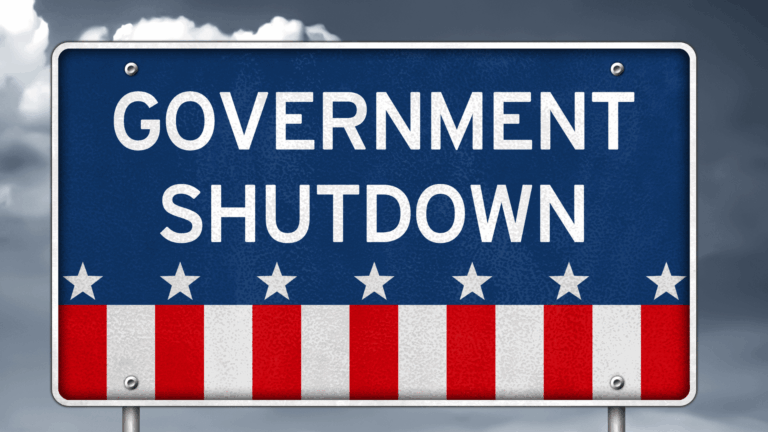
On July 18, 2025, President Trump signed the Guiding and Establishing National Innovation for U.S. Stablecoins (GENIUS) Act into law. This landmark legislation establishes the first comprehensive federal framework for dollar‑pegged stablecoins. It requires issuers to back tokens one-to-one with liquid assets like U.S. dollars or short-term Treasury bills, mandates monthly public disclosures of reserves, and sets federal oversight with OCC bank licensing and CFTC involvement.
Supporters view it as a major step toward mainstream acceptance—potentially boosting stablecoin use for payments and increasing demand for U.S. Treasuries. Even the GOP-backed Clarity Act and Anti-CBDC Surveillance State Act passed alongside, aiming to clarify crypto rules and block U.S. central bank digital currency efforts. Collectively, these bills signal a period of serious crypto regulation.
What Happened Next: Market & Industry Response
- Crypto Assets Rally: Ether climbed 53% in July, and Bitcoin hovered near all-time highs after the law’s. Crypto-linked stocks like Coinbase and Circle responded positively.
- Stablecoin Issuers Expand Reach: Major firms like Circle and Ripple are preparing for bank licenses under the new oversight model to manage custody and transactions directly.
- Treasury Bill Demand Rises: Projections suggest issuers may significantly increase purchases of T-bills, puts upward pressure on government debt demand.
- Market Watchers Warn: Asset managers like Amundi caution that this could disrupt traditional payment flows and global financial stability.

Why It Matters
Stablecoins aim to combine crypto innovation with the reliability of the U.S. dollar and Treasuries. The GENIUS Act addresses past concerns by enforcing reserve backing, public audits, and federal licensing. For businesses and institutions, this framework may pave the way for digital dollars in everyday payments, with improved security and regulatory clarity.
Strategic Insights for Investors
- Institutional Adoption: Expect more banks (like JPMorgan) and fintech companies to pilot digital dollar adoption, changing treasury and transaction models.
- Evolving Risk Landscape: Though regulators aim to tame crypto risk, oversight gaps remain—especially regarding money laundering and big-tech influence.
- Portfolio Implications: With growing use of stablecoins tied to Treasuries, investors may want to monitor T-bill demand and evaluate low-risk exposure, including crypto-linked stocks or ETFs.

Your Next Steps
Curious about the impact of the Genius Act along with stablecoin regulation or digital dollars on your long-term plan? Reach out to explore how BCA Private Wealth helps clients navigate emerging asset classes with tailored guidance and strategic insight.
Let’s build a future you can follow—one that embraces innovation with your long-term financial interests front and center.
Please note: BCA Private Wealth does not provide specific investment advice regarding cryptocurrency. The information above is for educational purposes only and should not be considered a recommendation to buy or sell any digital asset.
Copyright © 2025. BCA Private Wealth. All rights reserved.
Our mailing address is:
BCA Private Wealth
15 Halton Green Way
Greenville, SC 29607
Disclosure:
BCA Private Wealth is a registered investment adviser. The advisory services of BCA Private Wealth are not made available in any jurisdiction in which BCA Private Wealth is not registered or is otherwise exempt from registration.
Please review BCA Private Wealth Disclosure Brochure for a complete explanation of fees. Investing involves risks. Investments are not guaranteed and may lose value.
This material is prepared by BCA Private Wealth for informational purposes only. It is not intended to serve as a substitute for personalized investment advice or as a recommendation or solicitation or any particular security, strategy, or investment product.
No representation is being made that any account will or is likely to achieve future profits or losses similar to those shown. You should not assume that investment decisions we make in the future will be profitable or equal the investment performance of the past. Past performance does not indicate future results.


